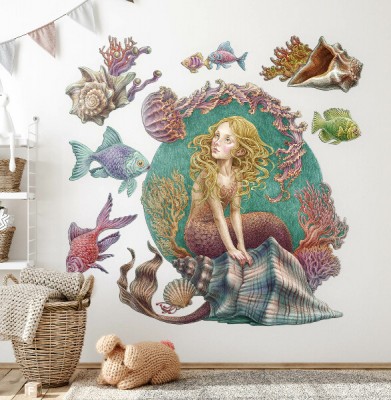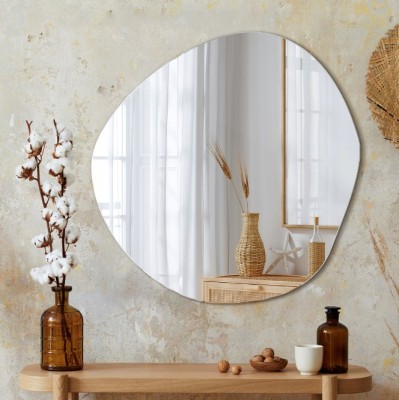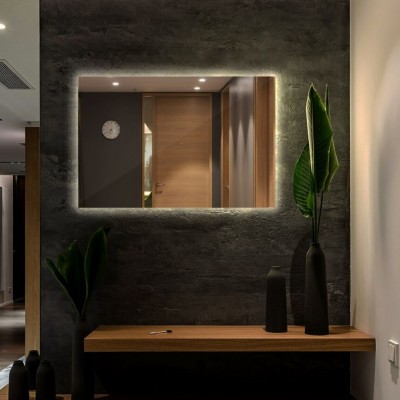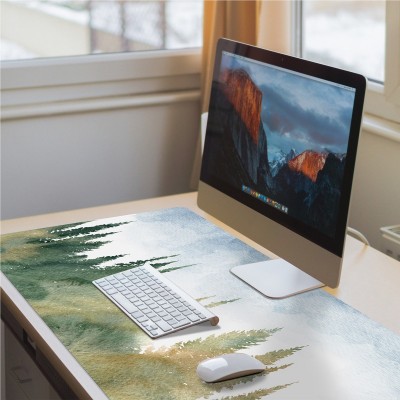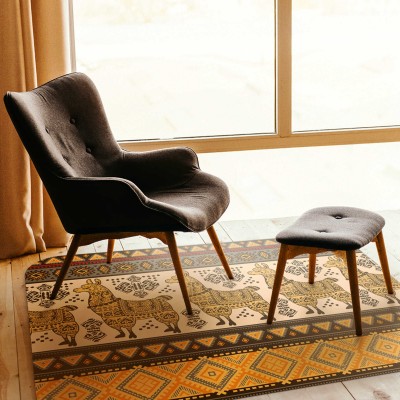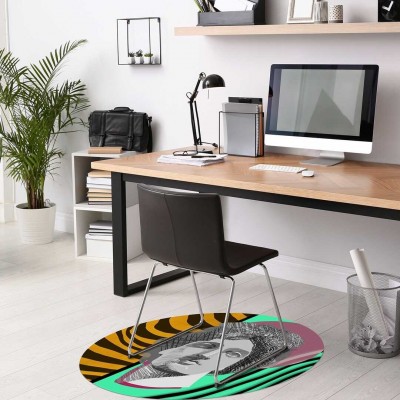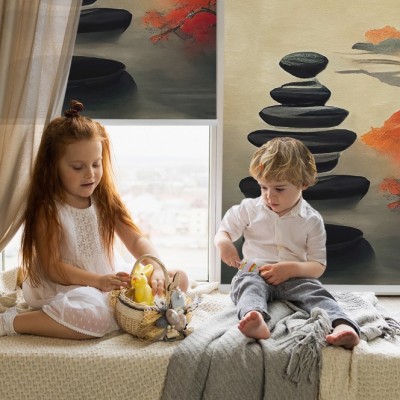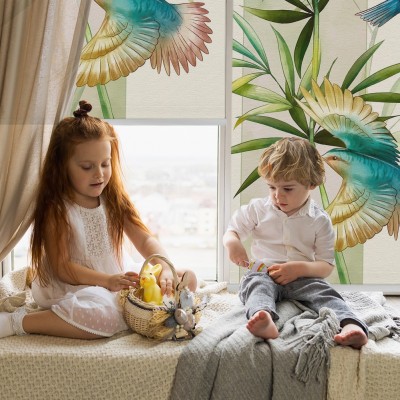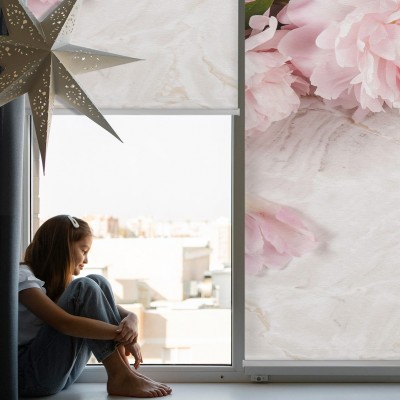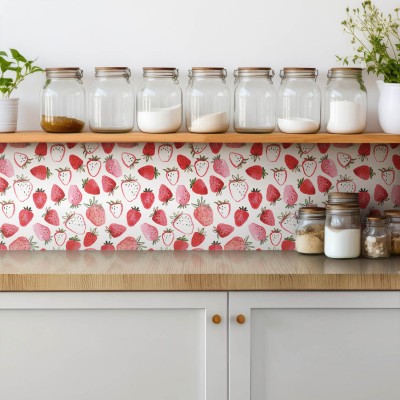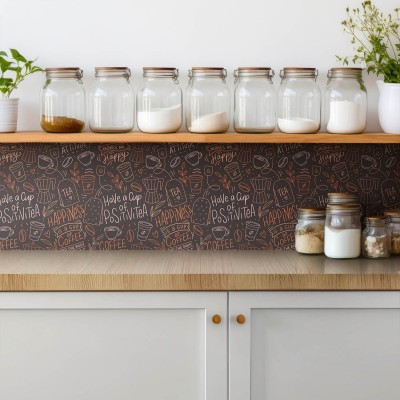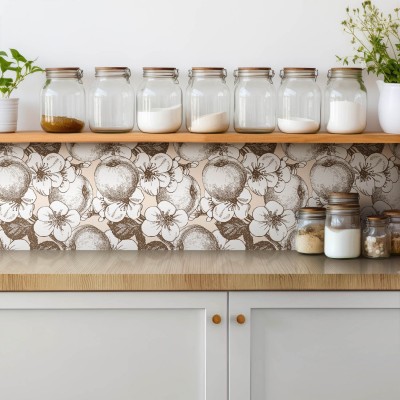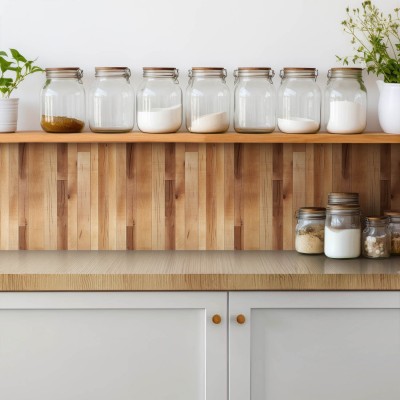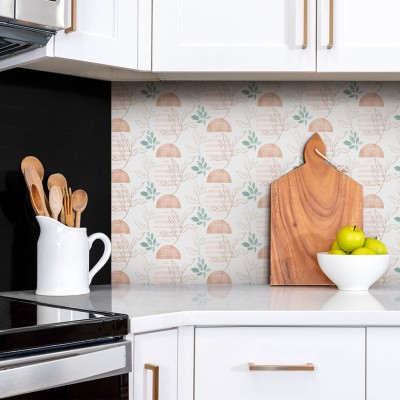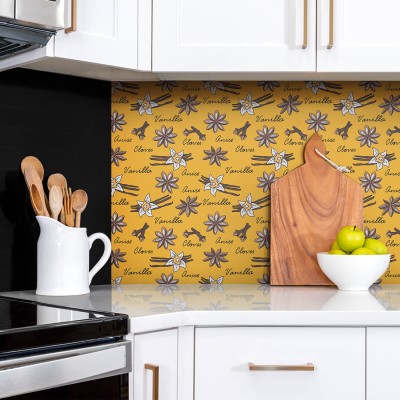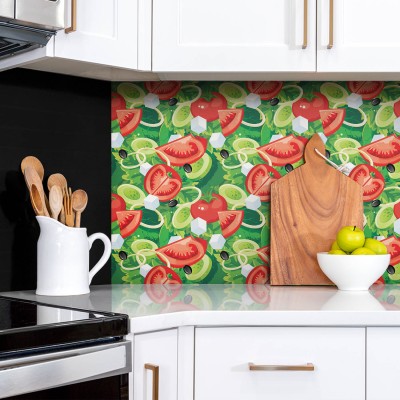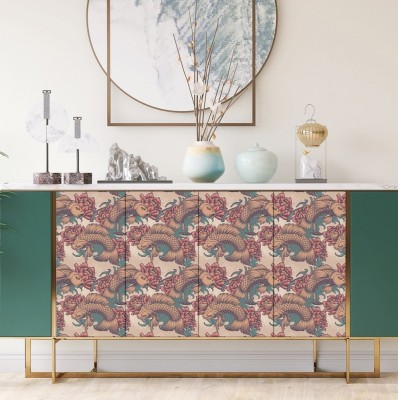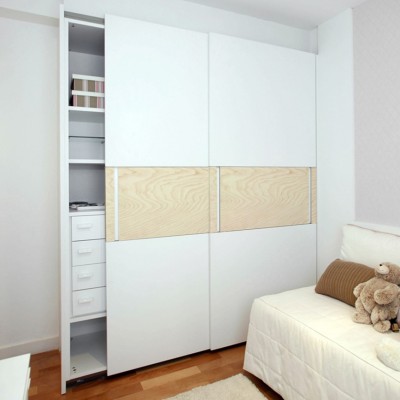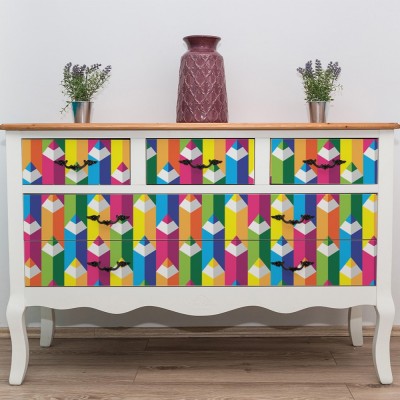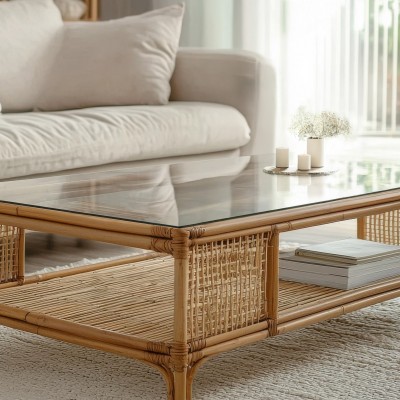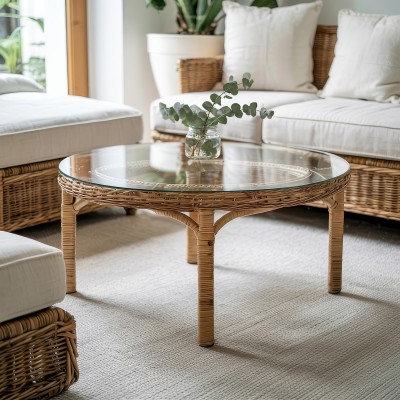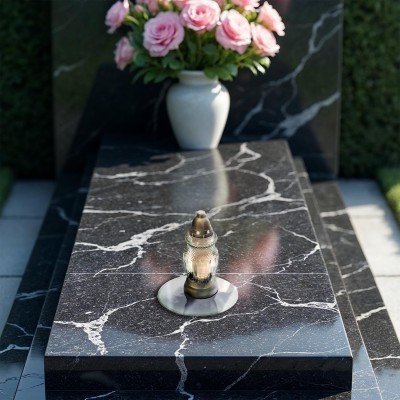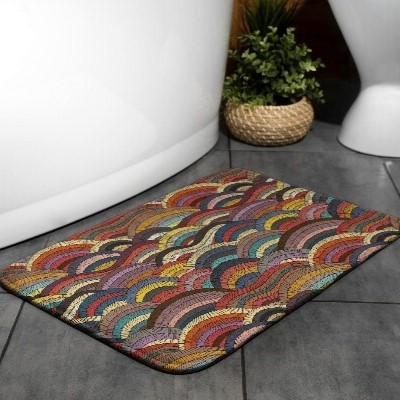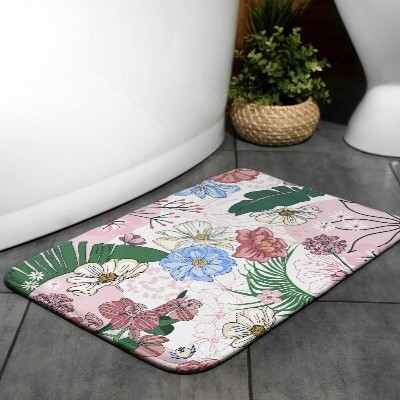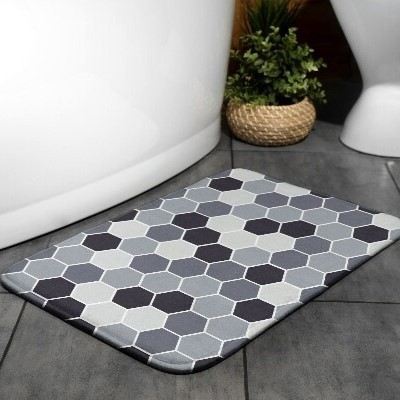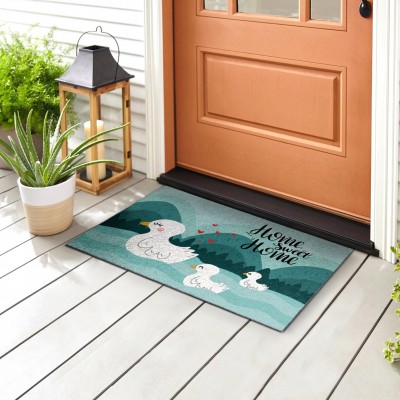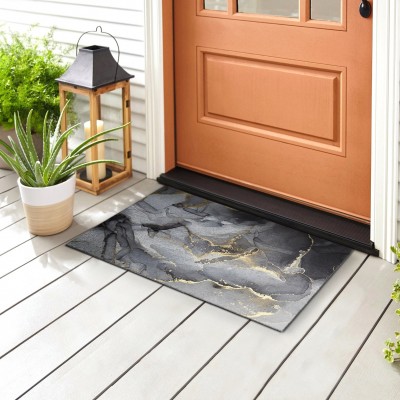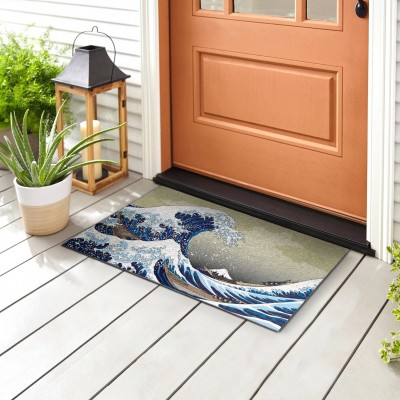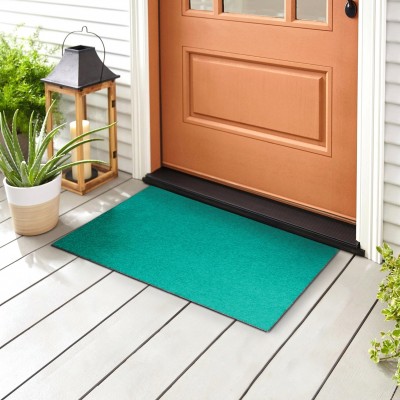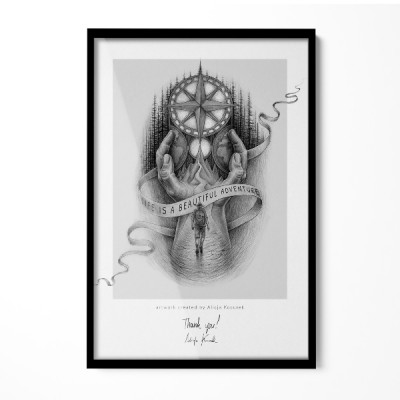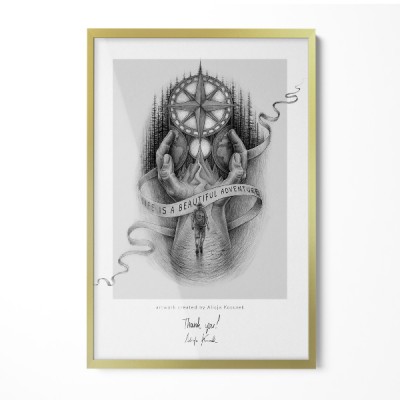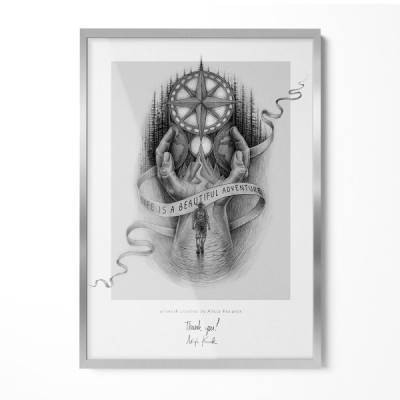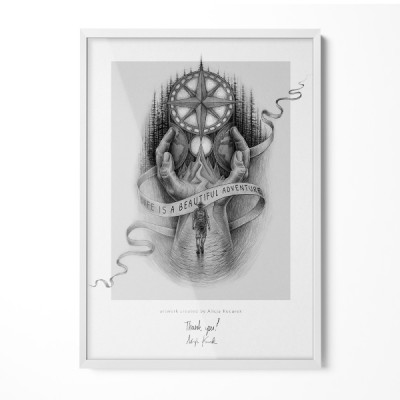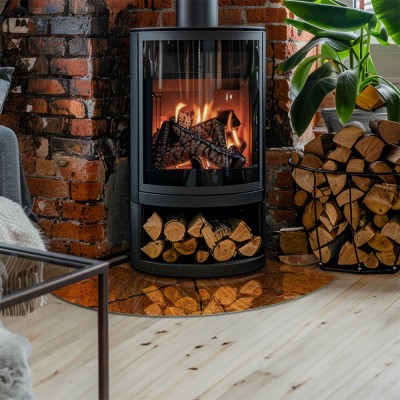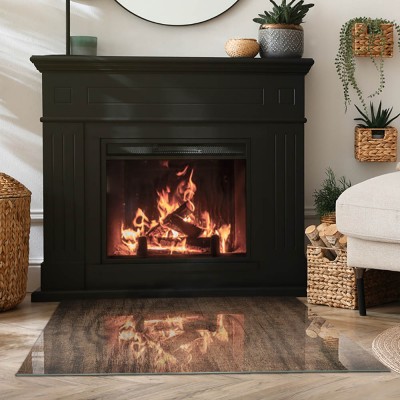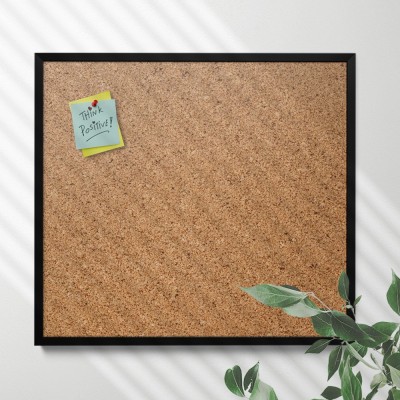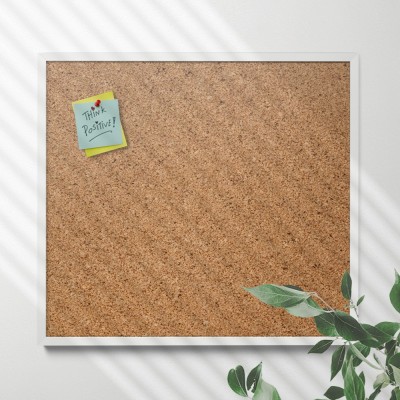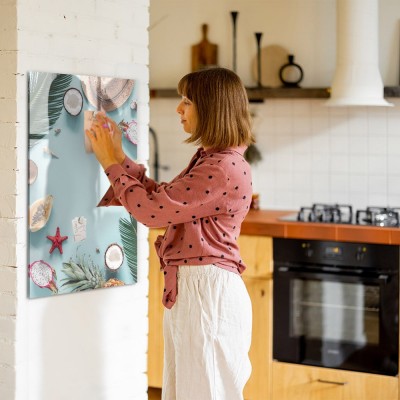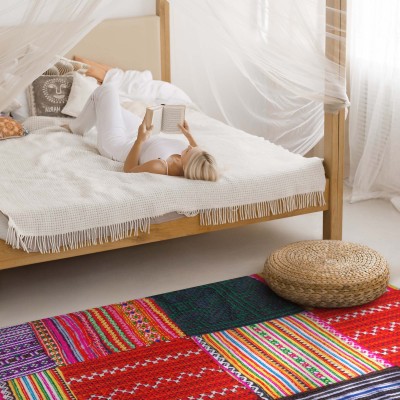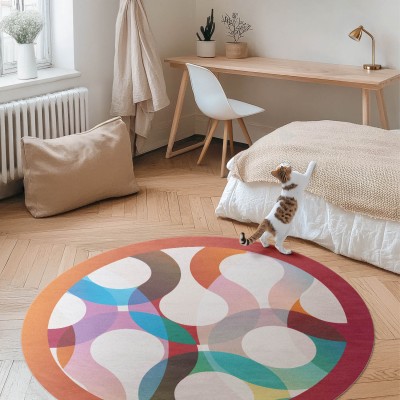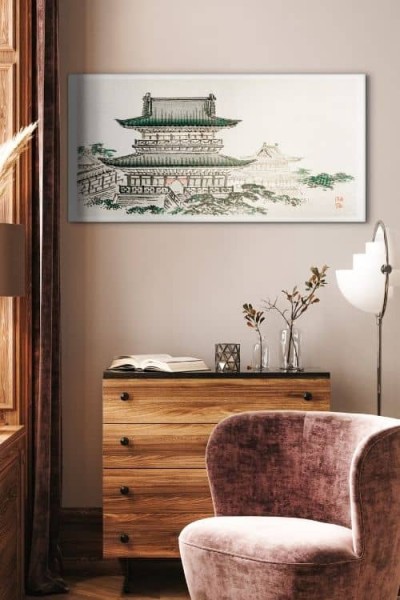Japanese painting is famous for its simplicity and the use of colors. The paintings are very minimalistic in nature, and the artist focuses on the essence of what he wants to convey. Thanks to this, we can see that there are many more details in these paintings than in any other form of art. It is these determinants of technique that made it recognizable around the world and influenced many other fields. In this article, we present the three main trends of Japanese woodblock art and we will suggest how the latest printing technology allows you to introduce a bit of the Orient in modern rooms.
A unique history of Japanese woodblock prints
Woodblock is a form of relief printing, which means you carve an image on the surface of a block of wood with a sharp tool, and then pressing ink on it and later reflects the pattern on the paper.
The history of woodblock prints goes back to 1250. The art form is believed to have its origins in Buddhist temples in Nara. Probably the first woodblock was made by Kobo Daishi, a Buddhist monk and scholar. He carved a simple image of the Buddha on a cedar plank.
In Japan, woodblock art appeared in the 6th century. The technique was introduced into the country by Korean artisans who learned it from Chinese Buddhists. Initially, wooden blocks were used to carve Buddhist scriptures on pieces of wood. Then, in the 17th century, they began to be used for printing books and graphics.
The art of Ukiyo-e -pictures of the floating world
Ukiyo-e are woodblocks that were often used to depict scenes from everyday Japanese life. The most common subject of this trend were landscapes, images of women, plants or animals. This trend assumed the joint work of a painter, engraver and printer. It was a very tedious work and required enormous commitment of all people involved in the creation of a single woodblock.
Hokusai Katsusjika (Hokusai) is considered to be the most outstanding creator of woodblocks. Hokusai was known for his prints, paintings, drawings and sketches. His work was mainly about nature: landscapes and animals. He is credited with taking the art of ukiyo-e to a new level with his work "The Great Wave off Kanagawa". Hokusai's work is often seen as a bridge between traditional Japanese Muromachi painting and the ukiyo-e style. Hokusai's work influenced many other artists, including Vincent van Gogh, Pablo Picasso and Claude Monet.
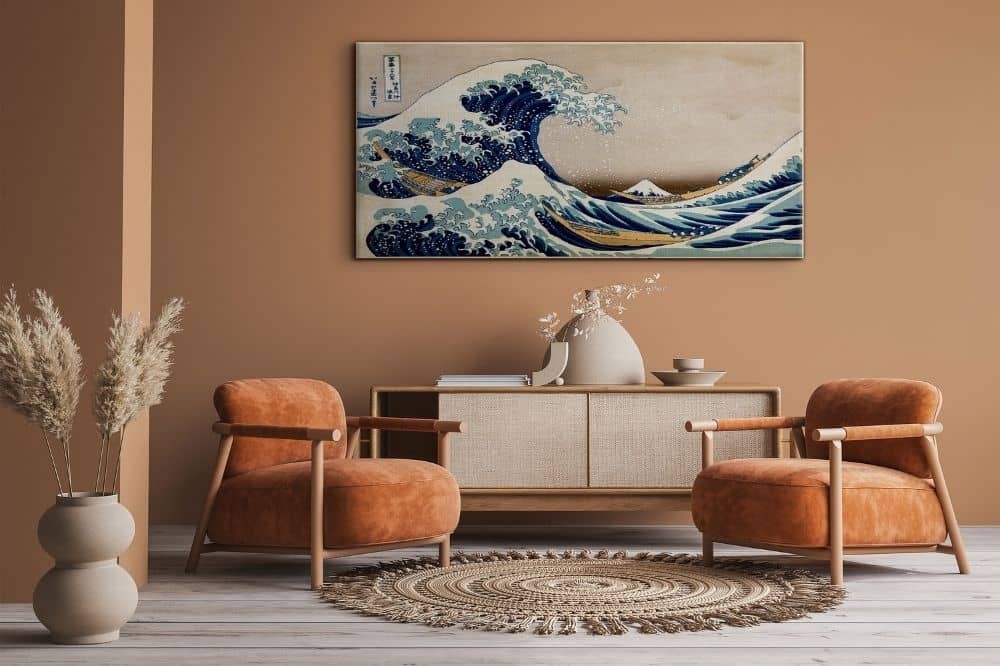
Shin-hang style and its influence on the art of the Western market
The shin-hang woodblocks were designed to attract the Western market. All the assumptions of this movement were prepared so that the exported products would be a great success abroad. It all started with the publisher Watanabe Shōzaburō, who, seeing the needs of the Western market, wanted to create a fashion for the Orient. Japan and its graphics were to become a marketing success. Thus, the era of "new woodblocks" was born - Western artists, inspired by Japanese technique, began to create works that over time became an inspiration for Eastern artists. These role reversals and the strong influence of Western art can be seen above all in the later Japanese play of light and the watercolor effect. One of the movement's leading artists and frequently published in Watanabe was Ohara Koson (Shoson, Hoson). His most outstanding works are: "Dancing Fox in a Lotus Leaf Hat", "Bird and Spider on a Branch" and "Ravens in the Full Moon".
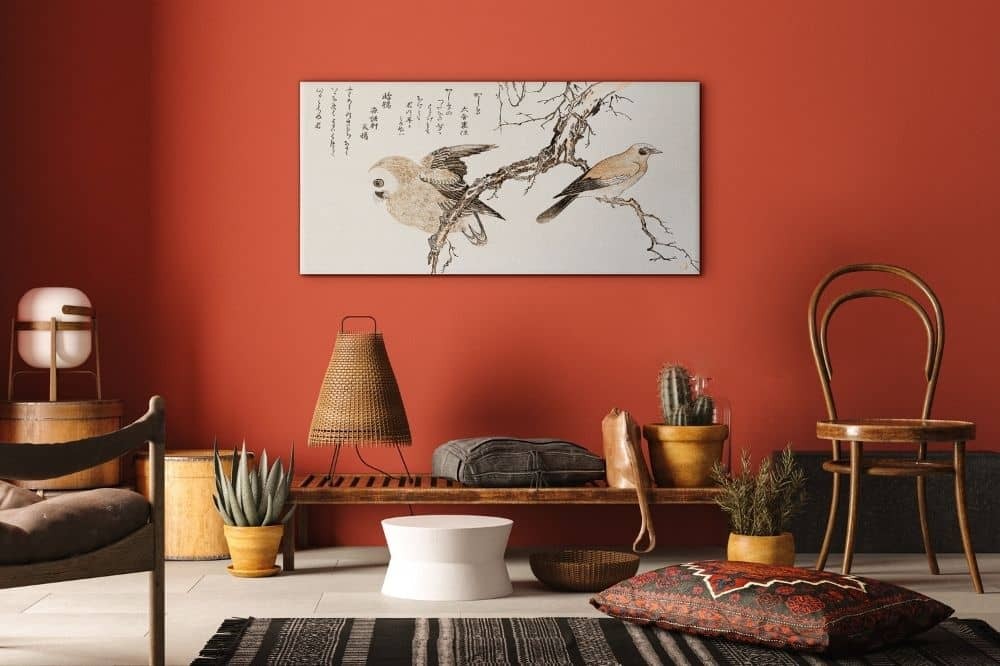
Sōsaku-hanga - one work, one artist
Unlike other trends, the sōsaku-hang style emphasized the great role of the artist in creating the woodblock. Everything was done by one person, therefore it required a lot of time, work and patience. The beginning of the sōsaku-hang movement is considered to be the moment when Kanae Yamamoto's work "Fisherman" was created in 1904 - the woodblock was drawn, carved and printed exclusively by this artist. The principle of the so-called "self-printing" became the guiding principle and gained momentum in post-war Japan.
Japanese style paintings printed on canvas
Japanese paintings are a great way to add oriental motifs to your interior design. They will prove themselves as a focal point in a room or they can become part of one larger arrangement.
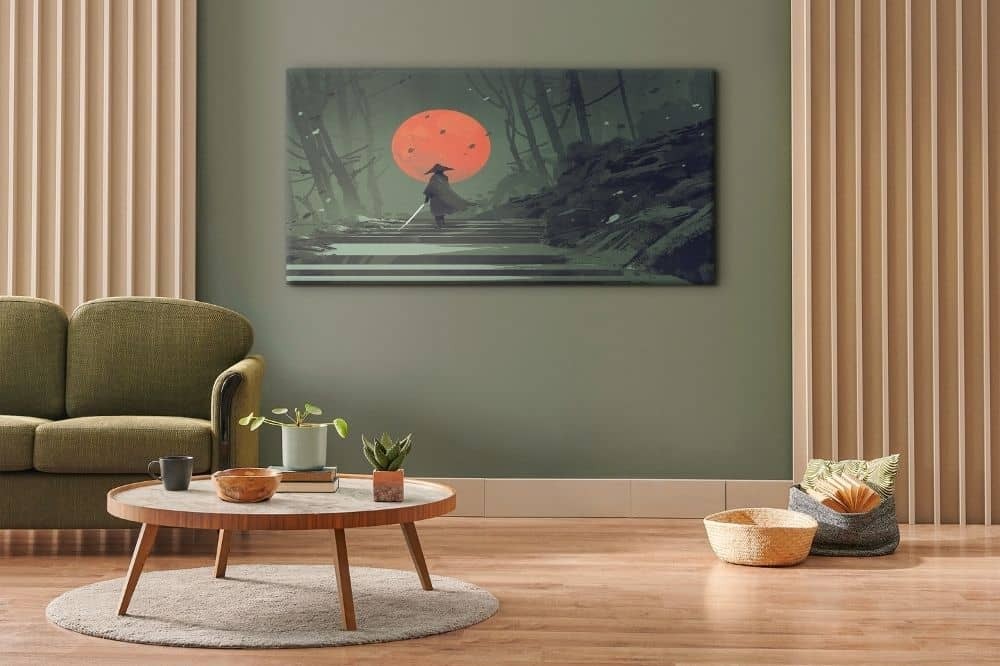
Oriental paintings on canvas in our store is a collection of works depicting eastern landscapes, traditional costumes and customs. If you are fascinated by Japanese art and you would like to reach for decorative elements inspired by the Orient, please visit our gallery. Japanese paintings will be perfect for a living room, bedroom and hall. It is worth considering comparing them with other ornaments on a similar theme.
See also other articles about our paintings:
HOW TO HANG A GALLERY WALL? IDEAS AND INSPIRATIONS
POPULAR ART, OR POP-ART
REPRODUCTIONS OF THE MOST FAMOUS PAINTINGS BY VINCENT VAN GOGH


